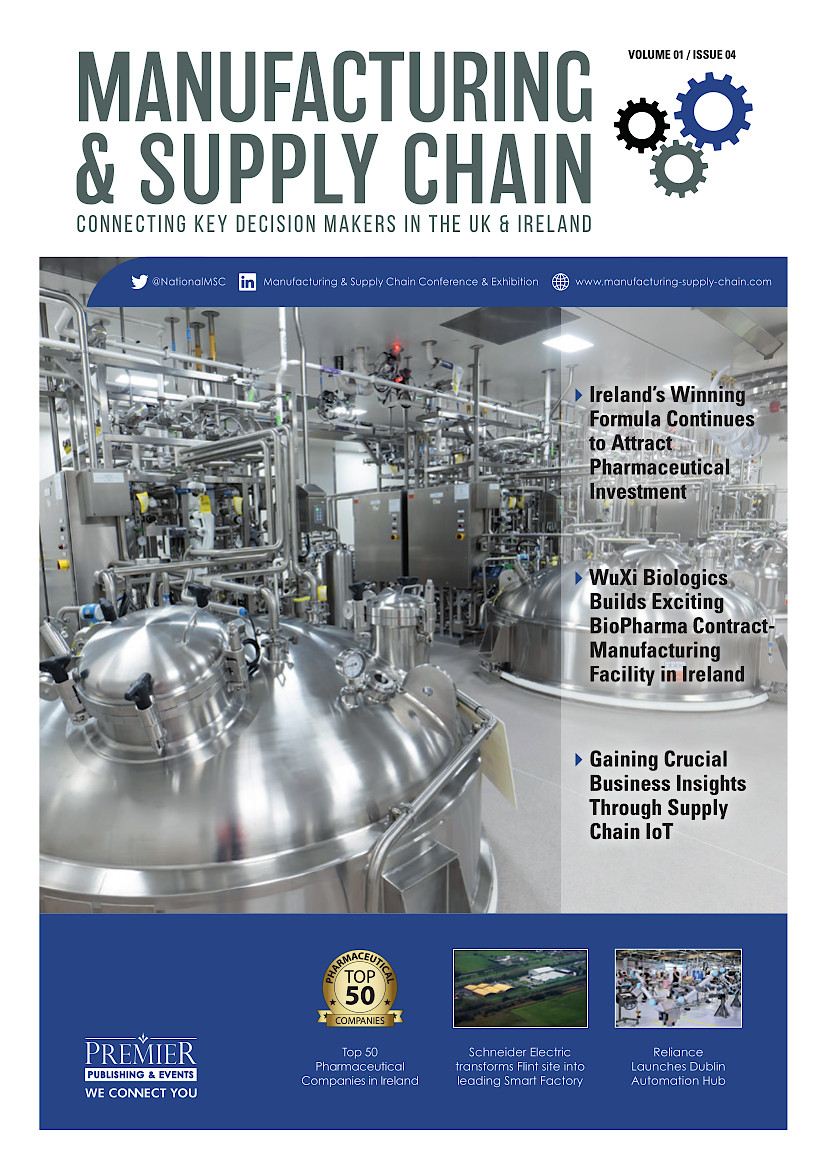Export sector driving strong economic growth in Ireland, however, challenges ahead with greater inflationary pressures, tight labour markets and rising interest rates

Despite significant challenges in the global economy, Irish economic growth is set to continue in 2022, largely driven by a strong export sector. The ESRI (Economic and Social Research Institute) now expects that Irish GDP will grow by 6.8 per cent in 2022, with the equivalent measure rising by 4.8 per cent next year. Modified domestic demand (MDD) is set to increase by a slower pace than previously expected; ESRI is now projecting growth of 4.4 per cent in the present year and 3.7 per cent in 2023, compared to 5.0 per cent and 4.5 per cent in the previous Commentary.
In light of the ongoing war in Ukraine, inflation is set to increase further as the conflict disrupts food and energy markets. As a consequence of increasing price pressures, we now forecast inflation to average 7.1 per cent in 2022.
 In response to higher prices, central banks are beginning to end the protracted period of extremely accommodative monetary policy; the European Central Bank (ECB) has signalled that monetary policy rates are set to increase over the coming quarters. This will likely dampen investment sentiment and consumer spending. In a Box to the Commentary, ESRI finds that the proposed increase in interest rates will see Irish house prices fall by 2 per cent relative to what they would otherwise be, although demand-side characteristics, as well as a sluggish supply response, will continue to exert upward pressure on house prices.
In response to higher prices, central banks are beginning to end the protracted period of extremely accommodative monetary policy; the European Central Bank (ECB) has signalled that monetary policy rates are set to increase over the coming quarters. This will likely dampen investment sentiment and consumer spending. In a Box to the Commentary, ESRI finds that the proposed increase in interest rates will see Irish house prices fall by 2 per cent relative to what they would otherwise be, although demand-side characteristics, as well as a sluggish supply response, will continue to exert upward pressure on house prices.
As pandemic-related supports have come to an end, the unemployment rate has eased considerably. ESRI expects unemployment to fall further, reaching 4.3 per cent by Q4 2022 and averaging 5.0 per cent for the year. ESRI now anticipates an unemployment rate of 4.0 per cent in 2023.
The strong labour market performance along with the robust growth in taxation receipts has had a positive impact on the public finances. Along with the significant contingency fund set aside in the last Budget, this allows the Government some scope in alleviating higher living costs for low-income households.
Commenting on the report, author Kieran McQuinnof the ESRI stated: “We still expect the domestic economy to grow strongly in 2022 and 2023. However, there are significant downside risks to the growth outlook with greater inflationary pressures being the most pressing.”
Commenting on the report, author Conor O’Toole of the ESRI stated: “The economy has recovered from the pandemic in a robust fashion, with the labour market recovering particularly strongly. The challenge for policymakers now will be to respond to higher inflation against a backdrop of tight labour markets and rising interest rates.”




















